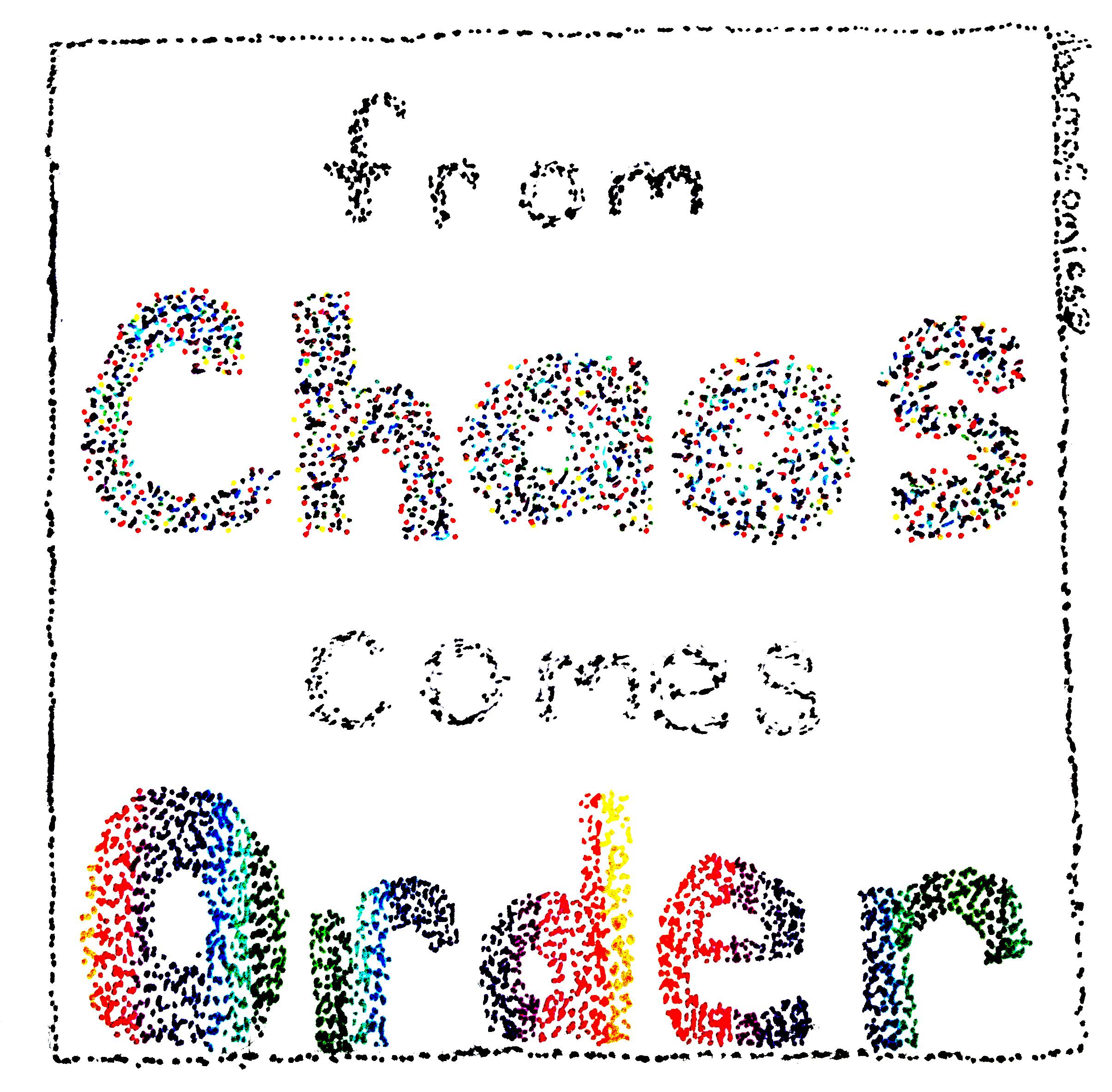The Order on the Other Side of Chaos

IMAGE OF THE WEEK

I use the word "chaos" to describe those times in an organization when people are confused, don't know what to do, and feel overwhelmed by information that they can't make sense of. If we recognize chaos as a potentially generative force in our organization, then the first task, when chaos erupts, is not to shut it down, not to reach for early closure, not to immediately move back to our past comfort level. At those moments, what people do not need is for someone else to come in and make sense of it all for them. Nor do they need the other normal strategy, which is to back away from all of this information and just work a piece of it. What they need instead are processes by which they can stay with the discomfort of that information long enough that they get knocked off their certainty, long enough for them to reach the clarity that they no longer know what works, that their model, their frame for organizing this problem or this organization doesn't work any more.
That's what I call chaos, when people move into such deep confusion that they let go of their present conceptions of how to solve a problem. When they move into that place of not knowing, and stay there for a while, what happens is that the process of "self organization" kicks in.
Living systems, when confronted with change, have the capacity to fall apart so that they can reorganize themselves to be better adapted to their current environment. We always knew that things fell apart, we didn't know that organisms have the capacity to reorganize, to self-organize.
We didn't know this until the Noble-Prize-winning work of Ilya Prigogine in the late 1970's. But you can't self-organize, you can't transform, you can't get to bold new answers unless you are willing to move into that place of confusion and not-knowing -- which I call chaos.
In my work, I find that you can create intentional chaos by overloading people with important and relevant information that they can't make sense of. We help people generate information that finally overwhelms them. The information has to be relevant, and it has to be important. It has to deal with big questions. People get scared and frustrated, and they want to problem-solve their way out of the chaos. But we don't let them. We keep generating even more information. Finally they let go.
Once they let go, they have the capacity to come up with bold solutions that integrate all of the information. At the other side of chaos, you get a new kind of order -- an order that is adaptive, that is transforming, that is all the things we want an organization to be.
Margaret Wheatley is an author of six books and a management consultant who studies organizational behavior. Her approach includes systems thinking, theories of change, chaos theory, leadership and the learning organization: particularly its capacity to self-organize. Excerpt above is from a conversation with Joe Flower.
SEED QUESTIONS FOR REFLECTION: What do you make of chaos being a potentially generative force? Can you share an experience of a time when you found order on the other side of chaos? What has helped you develop the patience to find order on the other side of chaos?